

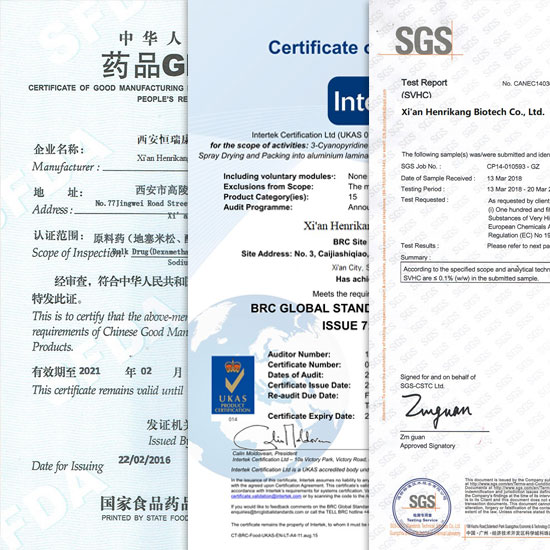



Related Attributes
Product details
Asiatic acid is a natural compound that is widely found in plants. It is thought to have a variety of biological activities, including anti-inflammatory, wound healing, fibroblast and collagen synthesis. Hydroxy cumaric acid, a derivative of cumaric acid, has more potent anti-inflammatory activity.
Overall, both cumaric acid and hydroxy cumaric acid have a wide range of applications in the medical and cosmetic fields. However, due to their strong biological activity, safety precautions need to be taken when using them to avoid overdose.

Uses and functions of Asiatic Acid.
Bacteriostatic effect
It has been found that Centella asiatica acid has a good inhibitory effect on microorganisms such as Candida albicans, Candida krönigii, Cryptococcus neoformans, Escherichia coli, Schenkosporium filamentosum, Bacillus subtilis, Staphylococcus aureus, and Shigella spp.
Antidepressant effect
In order to improve the bioavailability of the drug, Li Tiejun and others synthesised sodium and ammonium derivatives of asiatic acid, using the classical experimental model of tail suspension and forced swimming in mice, and found that asiatic acid, sodium salt of asiatic acid, and hydroxy-asiatic acid can significantly shorten the immobilisation time of tail suspension and forced swimming under the dose of 30 mg/kg in mice.
In addition, in the experiment of antagonising the eyelid ptosis induced by reserpine in mice, they also found that the sodium salt of cumisetronic acid, cumisetronic acid and hydroxy cumisetronic acid had obvious antagonistic effects at a dose of 60 mg/kg, which was significantly better than that of the tricyclic listed drug doxepin, and therefore, it can be judged that cumisetronic acid and its derivatives have strong antidepressant activities.
Hypoglycaemic effect
Asiatic acid can significantly increase the glucose excretion of tetracycline-induced diabetic mice, the specific effect is not clear, may be through the inhibition of glycogen phosphorylase activity and thus achieve the effect of hypoglycaemia.
Centella asiatica can counteract the decrease of cell membrane potential, superoxide dismutase (SOD), ATPase and catalase (CAT) activities in myocardial mitochondria of diabetic rats induced by streptozotocin, which can alleviate the diabetic complications to a certain extent.
Anti-inflammatory effects
Asiatic acid has been reported to significantly inhibit the increase in interleukin-8 (IL-8) secretion induced by tumour necrosis factor (TNF-α), with significant anti-inflammatory effects. Asiatic acid significantly inhibited the LPS-induced inflammatory response in RAW264.7 cells, which acted through the mechanism of decreasing the amount of NO and the secretion of TNF-α.
Due to its good anti-inflammatory effects, cumaric acid has been used clinically in the treatment of surgical diseases and in the field of beauty care, such as skin trauma, chronic ulcers, delayed wound healing, surgical injuries and cellulitis and shampooing hair.

Characteristic of Asiatic Acid Powder.
Asiatic acid was first isolated by Bontems in 1941 and its structure determined by Polonsky. Its chemical name: 2α, 3β, 23-trihydroxy-ursane-type-12-en-28-oic acid. Asiatic acid is white powder, odourless, bitter taste, insoluble in water, soluble in anhydrous ethanol, dimethyl sulfoxide, tetrahydrofuran and other organic solvents.

Extraction Processes of Bulk Asiatic Acid Powder.
WHY CHOOES US?

OUR CERTIFICATE
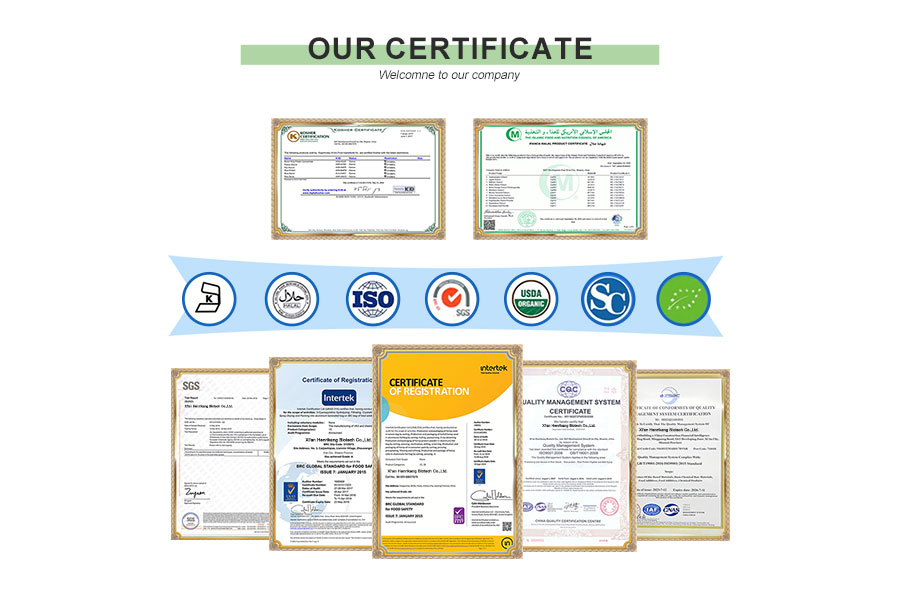
CUSTOM PROCESS
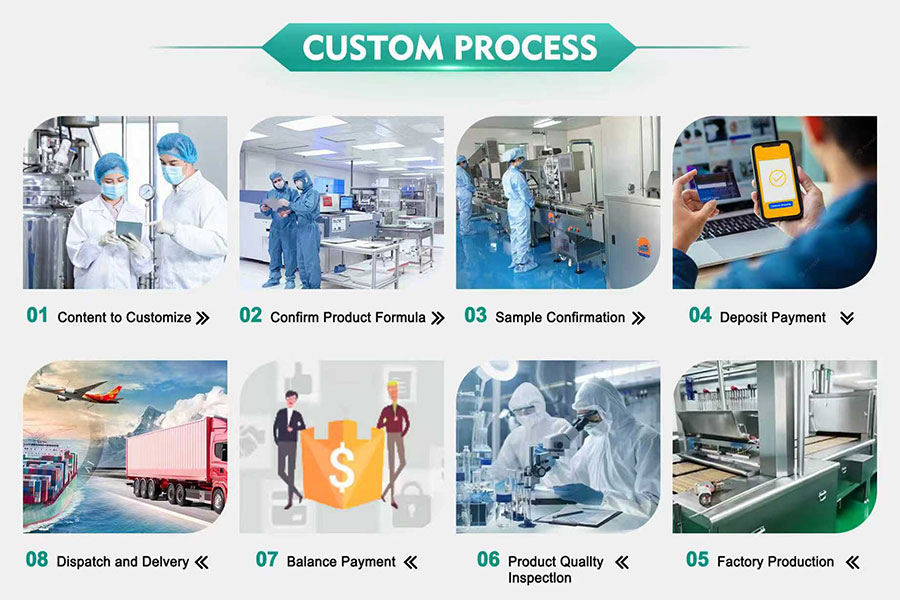
OUR PACKAGE

OUR EXHIBITION

OUR FACTORY
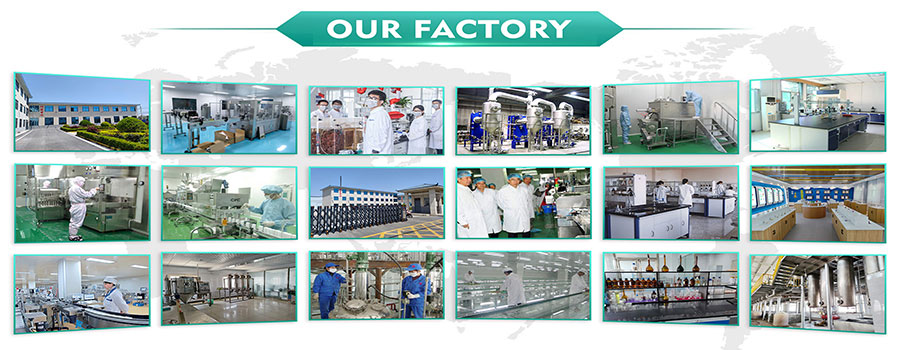
Shipping
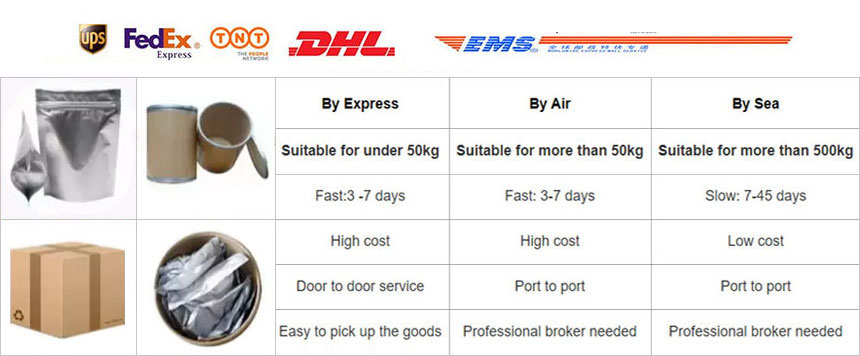
Pharmaceutical Intermediate manufacturers
©2022 Xi'an Henrikang Biotech Co., Ltd.,